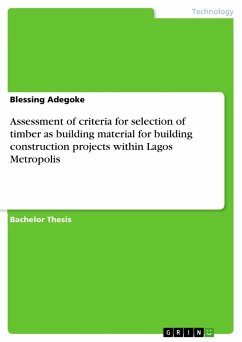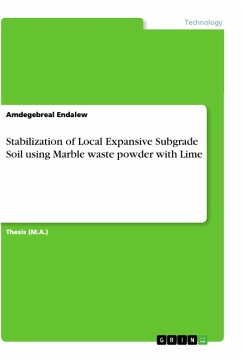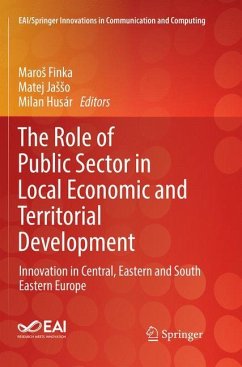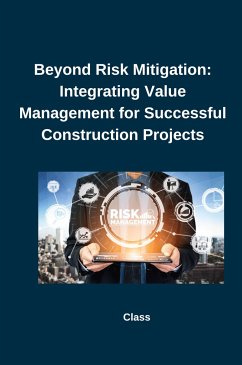
Risk Assessment in Construction Projects in three Local Governments in Ondo State Nigeria

PAYBACK Punkte
0 °P sammeln!
Master's Thesis from the year 2019 in the subject Engineering - Civil Engineering, , course: CIVIL AND ENVIRONMENTAL ENGINEERING, language: English, abstract: The primary aim of this research study is to investigate, asses, identify and analyses various risk categories that are inherent in building and construction projects in three selected Local Governments - Ese-Odo and IIaje (riversides) and Okitipupa Local Governments in Ondo State. A comprehensive review and assessment of previous studies was used to draft a questionnaire for risk data collection. Out of the 16 contractors presently exec...
Master's Thesis from the year 2019 in the subject Engineering - Civil Engineering, , course: CIVIL AND ENVIRONMENTAL ENGINEERING, language: English, abstract: The primary aim of this research study is to investigate, asses, identify and analyses various risk categories that are inherent in building and construction projects in three selected Local Governments - Ese-Odo and IIaje (riversides) and Okitipupa Local Governments in Ondo State. A comprehensive review and assessment of previous studies was used to draft a questionnaire for risk data collection. Out of the 16 contractors presently executing building projects in the three Local Governments and some selected Local Government staffs who were contacted as participants, only 12 contractors and some selected Local Government staffs agreed to participate in the stdy while 4 contractors declined to participate. Indeed, Seventy-seven (77) risk variables were identified under ten (10) risk factors in each questionnaire. However, seventy-two (72) questionnaires were randomly distributed to seventy-two (72) participants who constituted final sample for the study as respondents for their responses. These participants were grouped into 27 management employees which include: Director of Works (3), Civil Engineers (6), Director of Finance and Supplies (3), Project Managers (6) and Directors of Legal and Environmental (9) and 45 non-management employees which include: Contractors (12), Design team (Architects/Civil Engineers) (6), Consultants (Architects) (3), Construction team (Foremen) (12) and Sub-contractors (Transport owners) (12). The procedure of filling the questionnaire involves the selection of a set of attitude statements, to which respondents are asked to indicate their agreement or disagreement to each statement along a five-point Likert scale ranging from: "not-important (1), important (2), average (3), very important (4) to highly important (5)". Respondents' scores were tabulated by assigning a numerical value to each of the answers ranging from '1' for the alternative at one end of scale to '5'for the alternative at the other. Accordingly, responses were analyzed using Microsoft Excel and Descriptive Statistics involving: Mean, standard deviations, variance, range (maximum and minimum) and respondents to determine the influence of all the identified risk variables in building and construction projects in the three selected Local Governments.













